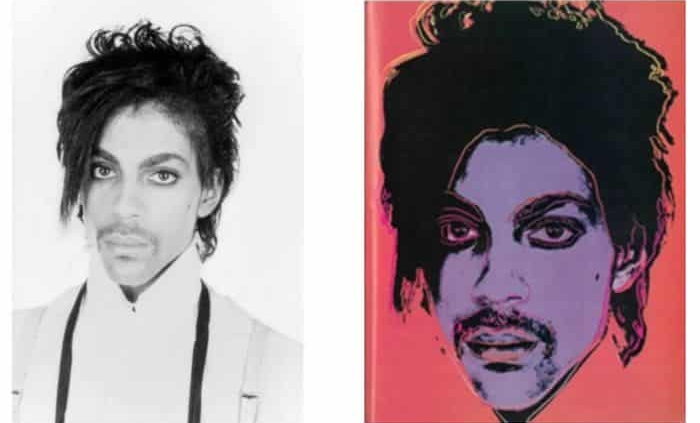COPYRIGHT INFRINGEMENT? SUPREME COURT WEIGHS IN ON WARHOL VS. GOLDSMITH
Remember the Andy Warhol Foundation v. Goldsmith case that went before the U.S. Supreme Court in October 2022?
The Supreme Court has now issued an opinion on the case, which involves photographer Lynn Goldsmith against the estate of Andy Warhol over pictures of prints that Goldsmith took in the mid-late 1980s. Warhol used these photos as inspiration for a painting that he later used for a magazine cover, causing issues over whether copyright infringement occurred.
For more context, refer to our blog post from April 2022.
After deliberating, the Supreme Court has determined that Warhol’s use of Goldsmith’s photos was non transformative, therefore infringing on Goldsmith’s copyright.
However, the underlying issue is determining if it’s a derivative work or does it transform the meaning of the work in another sense? The Supreme Court, who ultimately ruled in Goldsmith’s favor, said that Warhol’s use of the photos was non transformative — but merely a derivative of her photograph.
However, it’s worth noting that the implications of this decision go farther than the photography world; it speaks to the overall impact of copyright on an artist’s work.
Those that support the Supreme Court’s opinion believe that this will enhance artists’ rights, specifically photographers, and the ability for them to license their materials for use to others rather than having it misappropriated or copied. On the contrary, those opposing the opinion argue that it could stifle creativity and hinder the creation of future works – all because of this limitation.
While both sides of the argument are valid, we want to know your thoughts. Do you believe this will be beneficial to creative development for photographers, or is it going to have a negative impact on the artistic community?
Post your thoughts in the comments or send us an email to let us know what you think.








